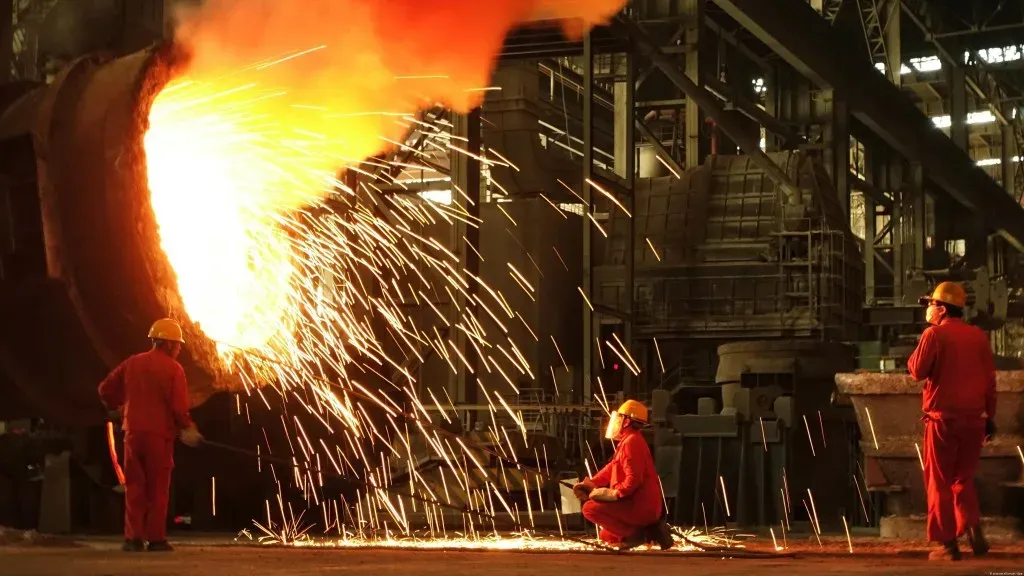In the high-stakes world of steelmaking, where precision and efficiency can mean the difference between profit and loss, a groundbreaking study has shed new light on the behavior of oxygen lances in converters. The research, led by Zhang Xiaolong, delves into the intricate dance between furnace atmosphere and supersonic jet characteristics, offering insights that could revolutionize the industry.
Steelmaking in a 200-ton converter is a complex process, with temperatures soaring and furnace gas compositions shifting rapidly. These changes significantly impact the performance of the five-nozzle oxygen lance, a critical tool in the steelmaking process. However, until now, the exact nature of these effects has remained poorly understood. Zhang Xiaolong’s study, published in ‘Teshugang’ (which translates to ‘Iron and Steel’ in English), aims to change that.
Using advanced CFD (Computational Fluid Dynamics) numerical simulations, Zhang Xiaolong and his team investigated how different furnace gas compositions and temperatures affect the supersonic oxygen jets emitted by the lance. Their findings are striking. At high temperatures (1,873 K), the core length of the oxygen lance jet is 2.6 times longer than at room temperature (298 K). “This is a substantial difference,” Zhang Xiaolong notes, “and it has significant implications for the efficiency and effectiveness of the steelmaking process.”
The study also revealed that the length of the supersonic zone increases linearly with rising CO concentration in the furnace gas. At room temperature, a 20% increase in CO concentration extends the core length by 0.048 meters, while at high temperature, the same increase extends it by 0.126 meters. This growth is not just a matter of length; it also translates into a larger effective impact area for the oxygen jet. At room temperature, this area can increase by up to 11.6%, and by 3.1% at high temperature.
These findings could have profound implications for the energy sector. By optimizing the furnace gas composition and temperature, steelmakers could enhance the performance of their oxygen lances, leading to more efficient and effective steelmaking processes. This could result in significant energy savings and reduced emissions, a win-win for both the industry and the environment.
Moreover, the study found that the effective impact area of the oxygen jet behaves differently at different temperatures as the lance height changes. At room temperature, it initially increases and then decreases as the lance height rises. However, under high-temperature conditions, it continues to expand. This insight could help steelmakers fine-tune their processes to achieve optimal results.
As the world grapples with the challenges of climate change and the need for sustainable industrial practices, this research offers a beacon of hope. By providing a deeper understanding of the interplay between furnace atmosphere and supersonic jet characteristics, it paves the way for more efficient, cleaner steelmaking processes. As Zhang Xiaolong puts it, “Our findings could help the industry move towards a more sustainable future, one converter at a time.”
In the ever-evolving landscape of steelmaking, this research is a significant step forward. It not only advances our understanding of the steelmaking process but also opens up new possibilities for innovation and improvement. As the industry continues to strive for greater efficiency and sustainability, this study will undoubtedly play a crucial role in shaping the future of steelmaking.

